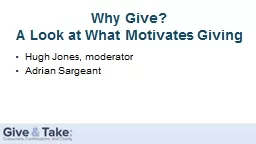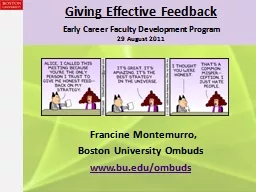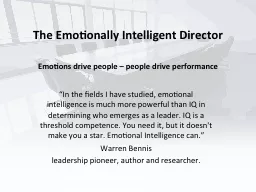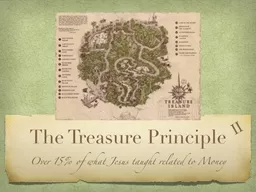PPT-Why Give? A Look at What Motivates Giving
Author : pamella-moone | Published Date : 2018-11-02
Hugh Jones moderator Adrian Sargeant Why Give A Look at What Motivates Giving Adrian Sargeant Director Hartsook Centre for Sustainable Philanthropy University
Presentation Embed Code
Download Presentation
Download Presentation The PPT/PDF document "Why Give? A Look at What Motivates Giv..." is the property of its rightful owner. Permission is granted to download and print the materials on this website for personal, non-commercial use only, and to display it on your personal computer provided you do not modify the materials and that you retain all copyright notices contained in the materials. By downloading content from our website, you accept the terms of this agreement.
Why Give? A Look at What Motivates Giving: Transcript
Download Rules Of Document
"Why Give? A Look at What Motivates Giving"The content belongs to its owner. You may download and print it for personal use, without modification, and keep all copyright notices. By downloading, you agree to these terms.
Related Documents














